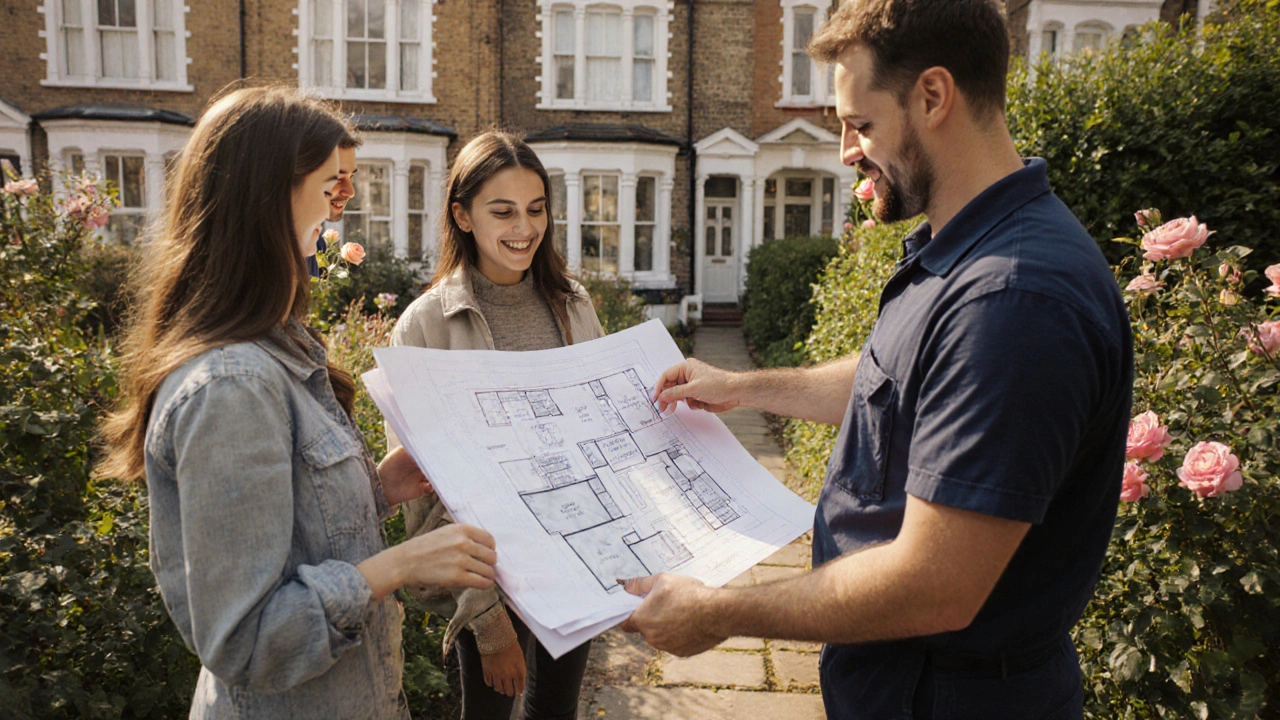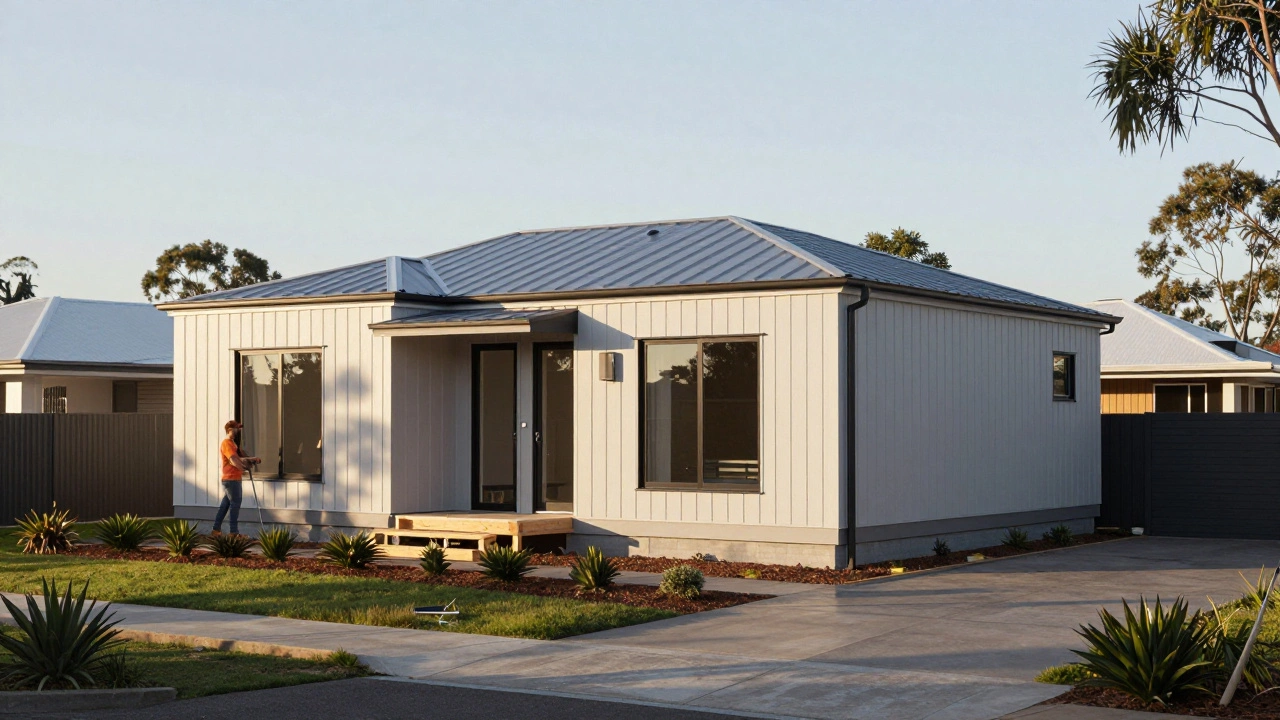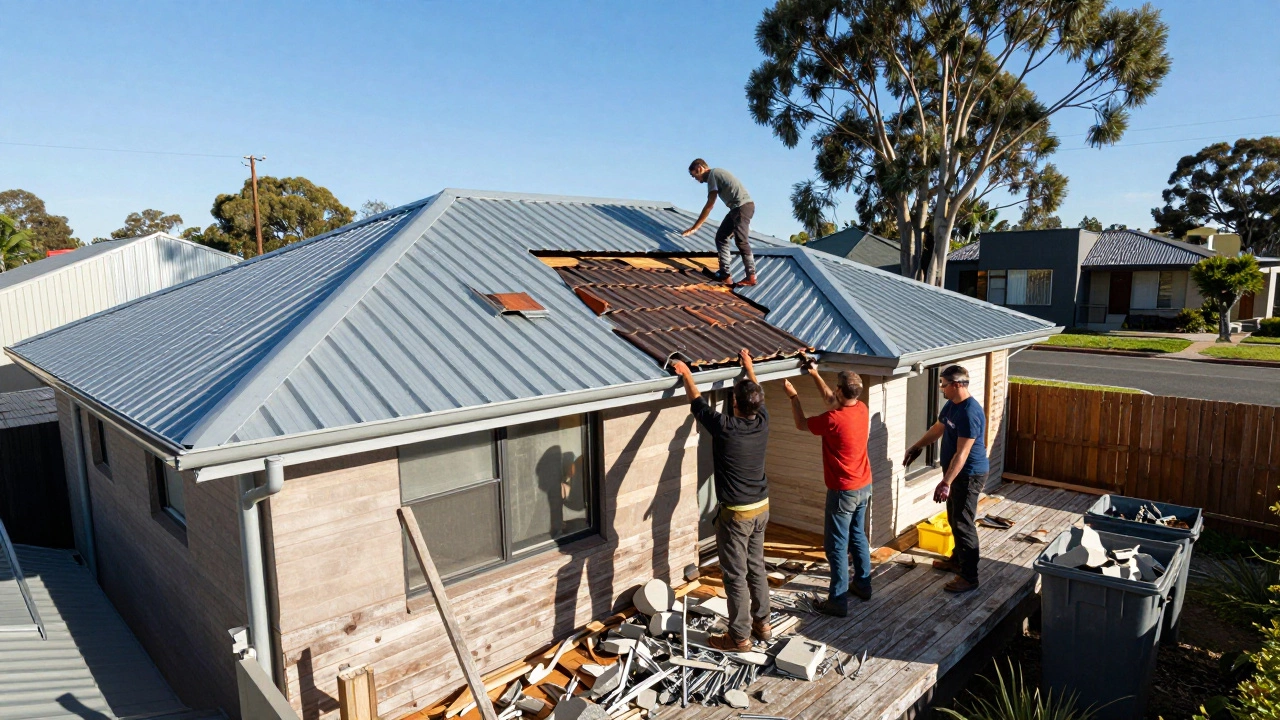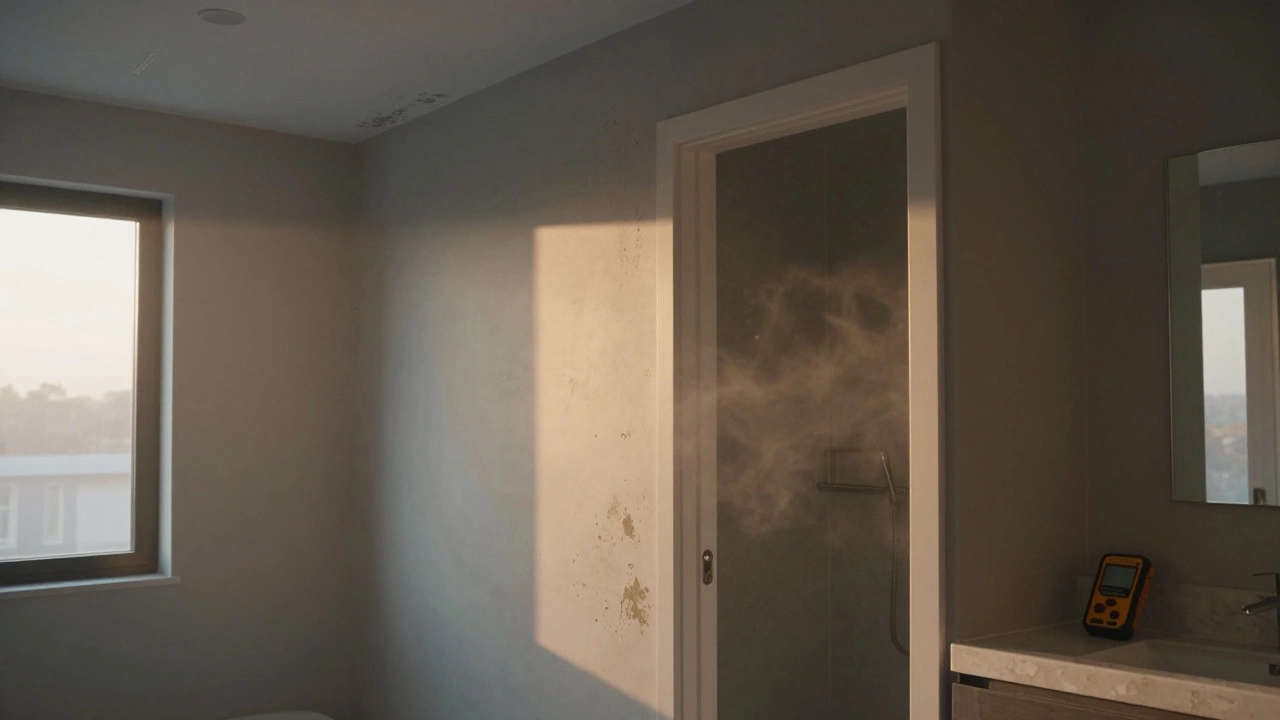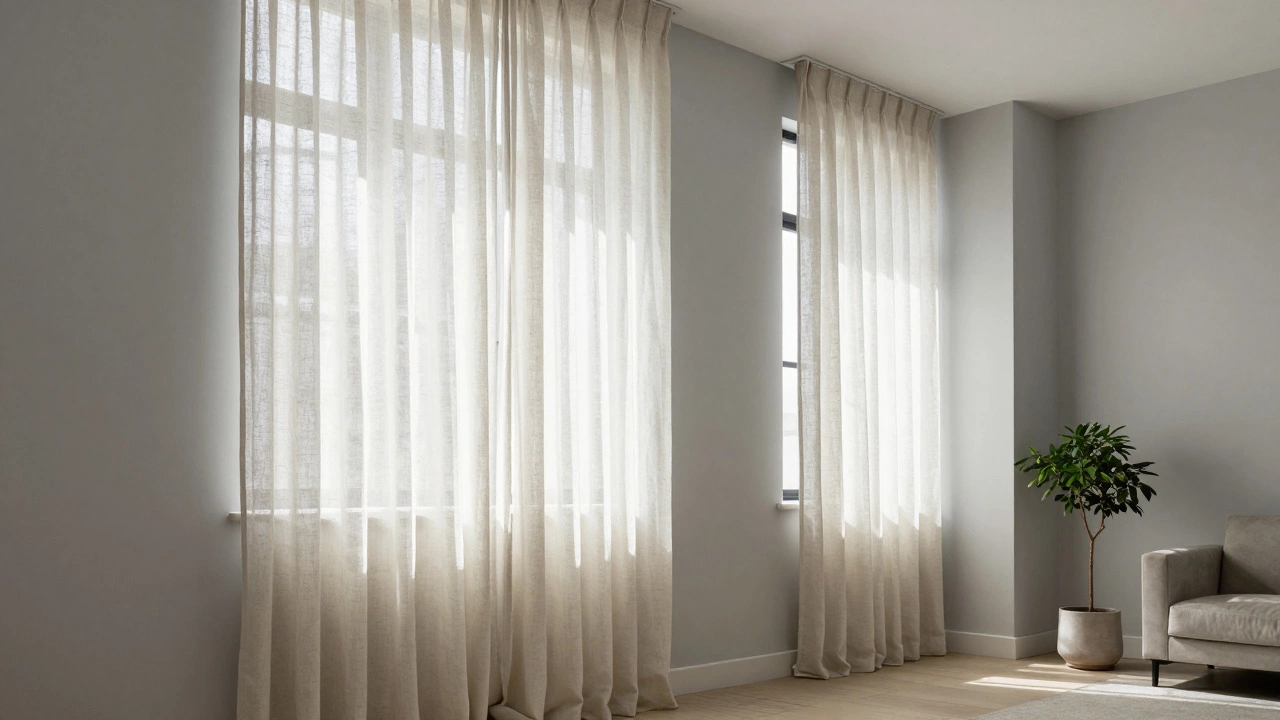Cost vs Value: Simple Tips for Smarter Home Projects
When you start a renovation, the first question is always “how much will this cost?” but the real question should be "what will it be worth?" Thinking about cost vs value helps you avoid splurges that add little benefit and focus on upgrades that actually boost your home’s comfort and resale price.
Why Cost vs Value Matters
Every pound you spend either adds comfort, improves durability, or bumps up market price. A cheap floor that scratches quickly will cost you more in repairs, while a modestly priced material that lasts years can pay off big time. The same goes for extensions: a poorly planned add‑on can look weird and bring no extra rent or sale value, but a well‑designed extra room can give you a whole new living area and a higher appraisal.
Practical Ways to Boost Value without Breaking the Bank
1. Pick flooring that balances price and lifespan. Natural matte wood looks great, but engineered oak often costs less and resists moisture better than solid timber. Waterproof hybrid or luxury vinyl plank (LVP) might be cheaper upfront, yet they hold up in busy households and are easy to clean. Compare the per‑square‑meter price with the expected wear life, then choose the one with the best cost‑to‑durability ratio.
2. Focus on rooms that sell. Kitchens and bathrooms deliver the highest return. A smart layout change, like moving the sink to improve workflow, can cost a fraction of a full remodel but still make the space feel more modern. Simple upgrades—new cabinet handles, LED lighting, or a fresh coat of paint—often raise the perceived value more than expensive fixtures.
3. Plan extensions wisely. The cheapest way to add space is to build outward on an existing wall, but you need to check planning permissions and structural limits first. Using a modular design, where the new room can serve as a home office now and a bedroom later, adds flexibility and attracts more buyers.
4. Pay attention to acoustic and light. Good acoustics and natural light improve how a room feels without costing much. Adding a rug or acoustic panels can tame echo in a large living area, while larger windows boost daylight and make a modest floor plan look bigger.
5. Track the numbers. Create a simple spreadsheet: list each item, its cost, and the estimated increase in home value (based on local market data or online calculators). If an item’s value boost is less than half its cost, rethink it. This quick math keeps you from over‑investing in low‑return features.
Remember, cost vs value isn’t about spending the least—it's about spending smart. By choosing durable materials, focusing on high‑impact rooms, and keeping an eye on future resale, you can stretch every pound further. Use these guidelines on your next project, and you’ll see a home that feels richer without a budget that hurts.

